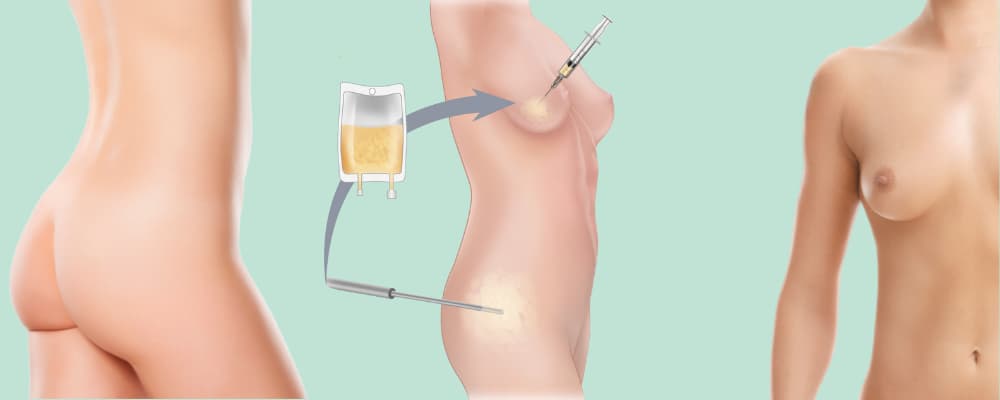
Fat transfer, also known as lipofilling or lipotransfer, is a surgical procedure where fat cells are moved from areas of excess to areas in the face and body that need more volume and firmness. Since the fat comes from your own body, there are no allergic reactions, and the results are natural and long-lasting. However, preparing the fat for transfer takes time and usually requires some form of liposuction.
Fat Transfer vs. Fillers
When considering facial treatments, one might ask why choose fat transfer over dermal fillers. Here are the key points:
- Fat Transfer: A minimally invasive surgical procedure requiring a recovery period for both the donor and recipient sites.
- Dermal Fillers: Non-surgical treatments with virtually no recovery time, making them more convenient.
The benefits of dermal fillers end there. Fat transfer, using your body’s own fat, offers more lasting results. A small amount of fat may be reabsorbed by the body, but advanced techniques minimize this. Additionally, fat contains stem cells, enhancing skin quality and offering regenerative benefits, particularly noticeable in areas with thin skin like the face and hands.
In practice, fat transfer and fillers are often combined, with fillers providing precise enhancements on small areas. Consultations with a plastic surgeon will determine the best approach for rejuvenating and contouring the face.
For body contouring and rejuvenation, fat transfer is almost irreplaceable.
Applications of Fat Transfer
Face:
- Enhancing overall facial appearance
- Increasing lip and cheek volume
- Non-surgical nose correction
- Smoothing nasolabial folds
- Correcting acne scars
- Eliminating deep forehead wrinkles
Body:
- Smoothing skin depressions post-liposuction
- Breast augmentation
- Buttock reshaping
- Hand rejuvenation
- Labiaplasty or penile enhancement in men
Fat Transfer Procedure
The process starts with minor liposuction from an accessible area such as the abdomen, hips, buttocks, or thighs. The extracted fat is then prepared using a special process and reintroduced to the body as quickly as possible. Each step is performed with great care to ensure the highest survival rate of fat and stem cells.
Next, the fat is injected into the target areas under local anesthesia, sometimes with sedation for larger procedures. Recovery instructions are provided by the plastic surgeon, with the return to daily activities depending on the extent of the intervention.
Over time, some fat absorption may occur, necessitating additional sessions to achieve the desired volume. The longevity of results depends on various factors, including the surgeon’s skill and the patient’s unique physiology. Detailed discussions with the plastic surgeon will cover these aspects during consultations.
